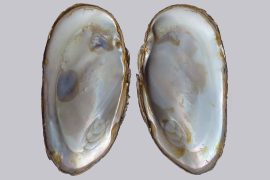What stands out is how pervasive the effects are. The effects were found everywhere — microbes, invertebrates, animals, and plants. We need to start thinking about lighting in the way we think of other big systemic pressures like climate change.
The above statement is from Kevin Gaston, a professor at the University of Exeter’s Environment and Sustainability Institute. He co-authored the research published in Nature magazine on the effects of artificial light at night. He urges the readers to start paying attention to yet another pollutant that has been vastly ignored — artificial lights.
Climate change has made us more aware of the need to be more environmentally conscious. Several requests for government action to reduce the use of pollutants have been made. However, when it comes to light pollution, there is hardly any discussion in India. Consequently, there is a very low level of knowledge.
Research in the past has established that artificial light harms animals of all kinds, plants, and even humans. New research shows a link between light pollution, insect decline and biodiversity disturbance and contributes to our understanding of the negative impacts of artificial lights on ecology.
Extensive investigations into the effect of light pollution on people, plants, and animals have not been encouraging. Artificial light should be regarded as similar to other kinds of pollution since its effect on the natural world has grown to systemic disruption, according to a study released in November 2020.
-30-
Copyright©Madras Courier, All Rights Reserved. You may share using our article tools. Please don't cut articles from madrascourier.com and redistribute by email, post to the web, mobile phone or social media.Please send in your feed back and comments to [email protected]











